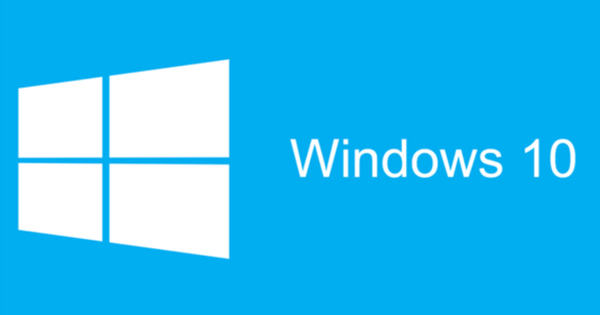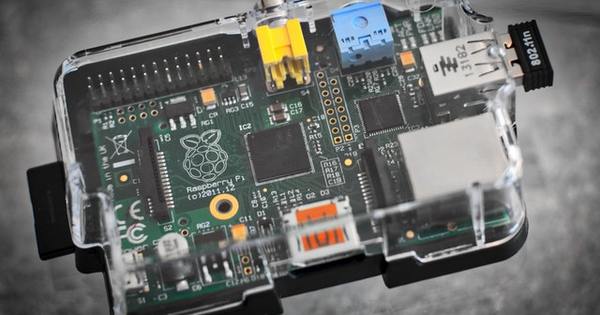GIMP (GNU Image Manipulation Program) is an open source graphics program that works great as a free alternative to the pricey Adobe Photoshop. You can edit photos with it, but also make drawings yourself.
Tip 01: What is GIMP?
GIMP is an abbreviation that stands for GNU Image Manipulation Program. It is a free to use image editing program. The software is best compared to programs Adobe Photoshop and Corel PaintShop Pro. You can edit photos, create your own images, or paint and draw. Many of the features in Photoshop can be found in GIMP, including the use of layers, layer masks, paths, and selection tools, so switching is relatively easy.
GIMP is open source and can be used for free, both at home and in the office. Although the program does not look as professional as, for example, Photoshop, the possibilities are enormously extensive. Extra functions can even be added manually by installing plug-ins and scripts (see also tip 13). GIMP is available for download from many websites, but for the most current and stable version (and without malware and toolbar additions), go here. GIMP works for Windows, OS X, and Linux.

Tip 01 GIMP is graphic software for the amateur and professional.
Specifications
GIMP works on just about any system: on old systems like Gnome 2, KDE 3.2, and Windows 2000, and on all newer versions of Linux (including Android), Windows, and OS X (and everything in between). GIMP only needs 20 to 30 MB of storage space and already runs on a system with only 128 MB of RAM.
Tip 02: Advantages
The biggest advantage of GIMP over Photoshop is of course the price: GIMP is completely free. So you don't have to deal with a 30-day trial. Adobe Photoshop quickly costs several hundred euros. The Creative Cloud version of Photoshop is available as a subscription only. Such a subscription costs at least 147 euros per year in a special photography bundle with Lightroom.
In addition, GIMP can be expanded as you wish. The source code of the software is public and can therefore be adapted by anyone. This provides a wide range of plug-ins and scripts, which can be downloaded for free. A large and fanatical community is continuously developing the program. Projects created in GIMP can be saved in a variety of file formats, including even the Photoshop file format. A technical advantage of GIMP is that you can zoom in as much as 25600 percent, while Photoshop doesn't go beyond 3200 percent. So GIMP works very accurately.

Tip 02 GIMP is free, Adobe Photoshop is very pricey.
Tip 03: Disadvantages
GIMP is completely ad-free and extensions are free. The lack of an expensive development team at the maker only translates into a slightly chaotic layout of the program. The program consists of many menus and buttons. Seasoned Photoshop users will quickly recognize what all the bells and whistles are for, but for a novice photo editor, the interface is quite overwhelming. Some features, such as text outline, are also unnecessarily cumbersome. Despite the active community, updates to GIMP are rare. The last version of GIMP, version 2.8.10, was released in November 2013.

Tip 03 GIMP's default layout is not user-friendly.
Tip 04: Installation
GIMP is easy to install. For the Windows version, surf to www.gimp.org: click on the link in the menu Downloads or on the big orange Downloadbutton, and on the next page click the link Download GIMP 2.8.10 (or the most recent version number if there is a newer one). Double click on the gimp-2.8.10-setup.exe file to start the installation. Click on the button install, then GIMP will be installed in one go. But click the button customize, then you get a more advanced installation routine where you can, for example, check file formats that should be opened with GIMP from now on.
For all other operating systems, on GIMP's download page, click the link Show other downloads.

Tip 04 Via the custom installation you decide which file formats should be opened by default with GIMP.

